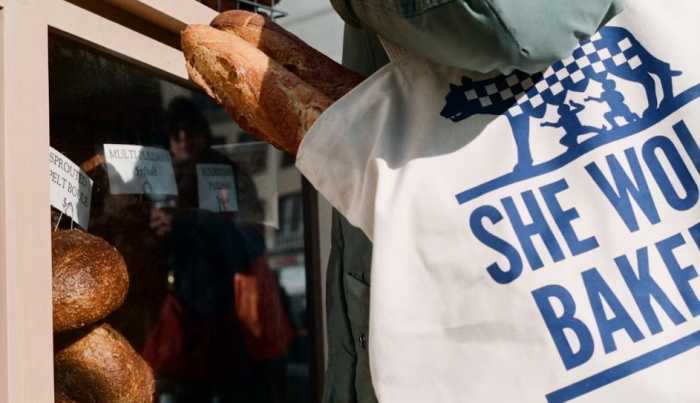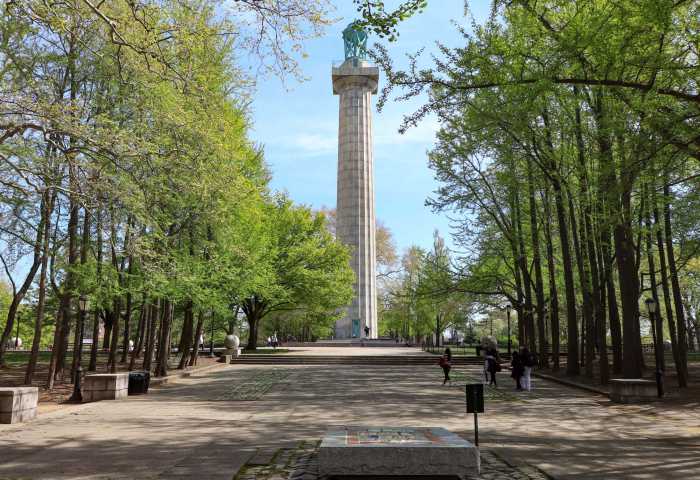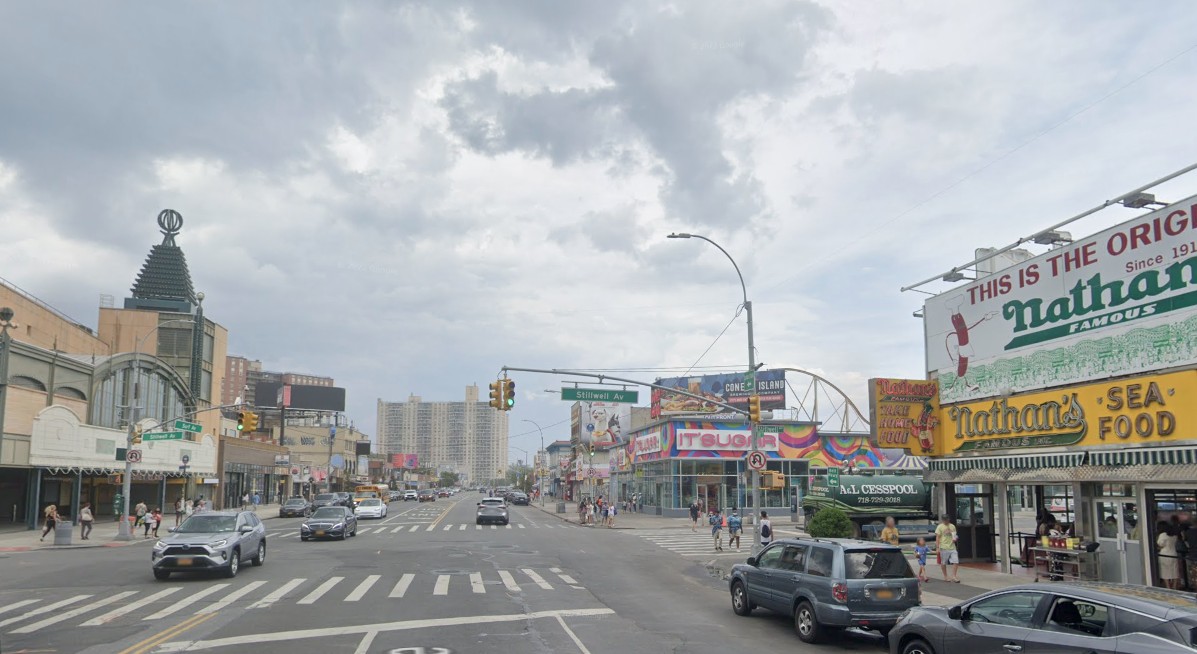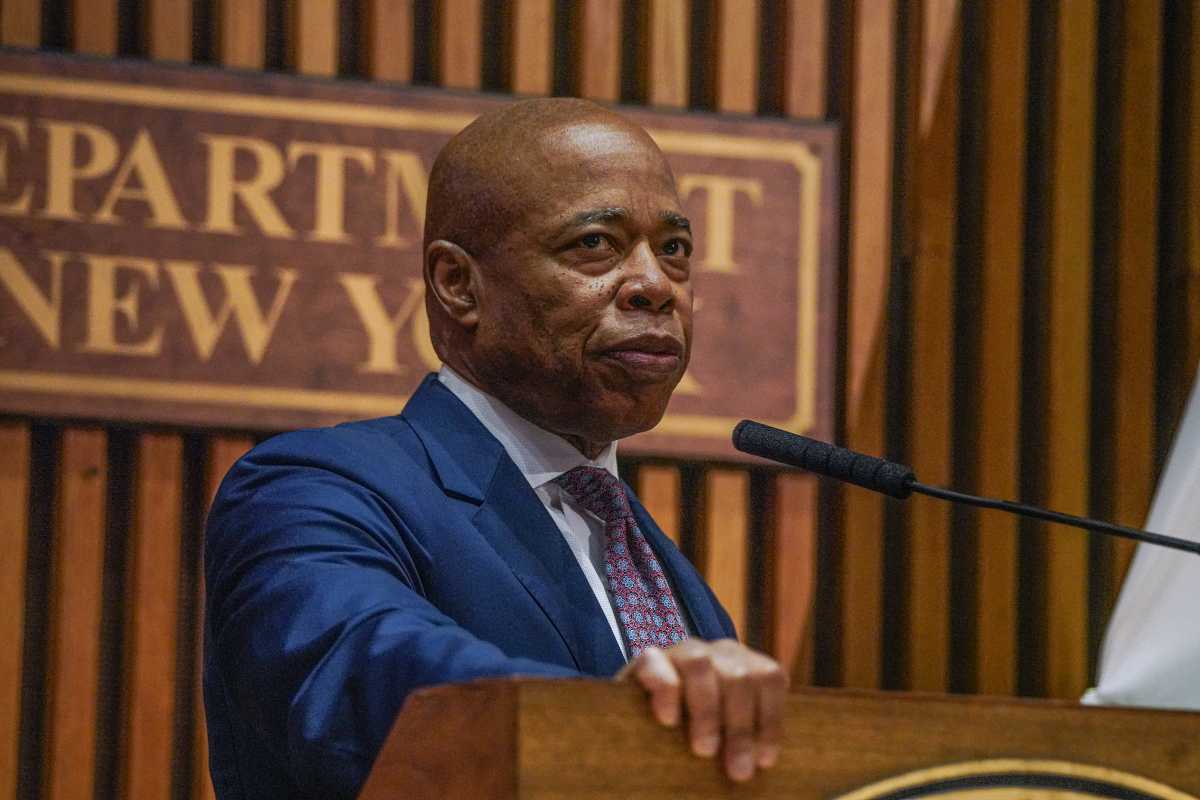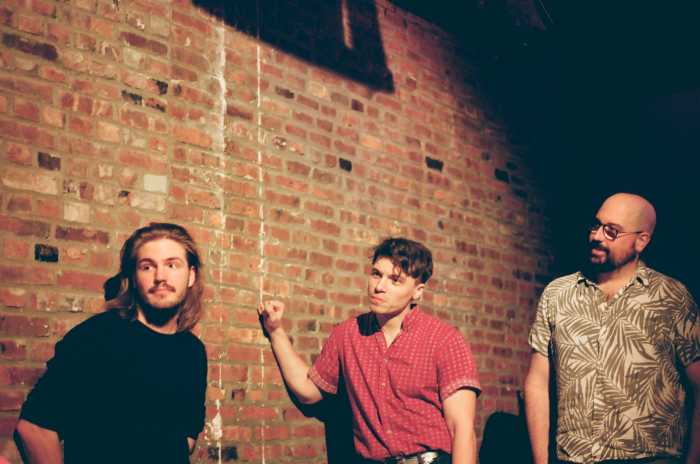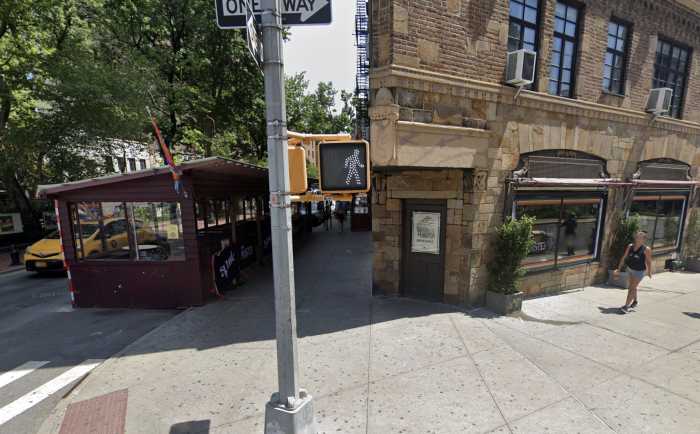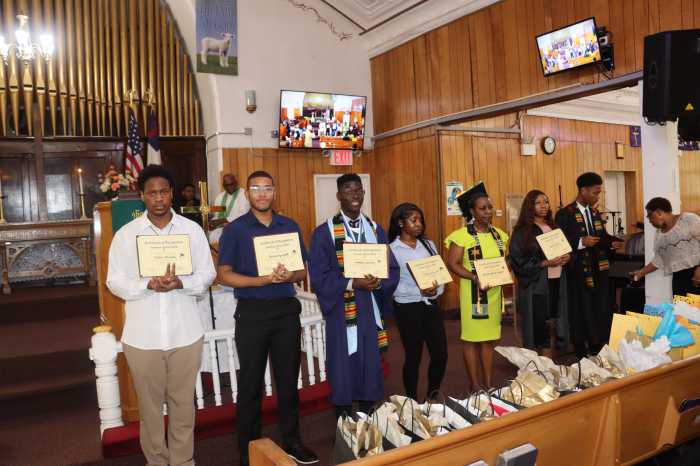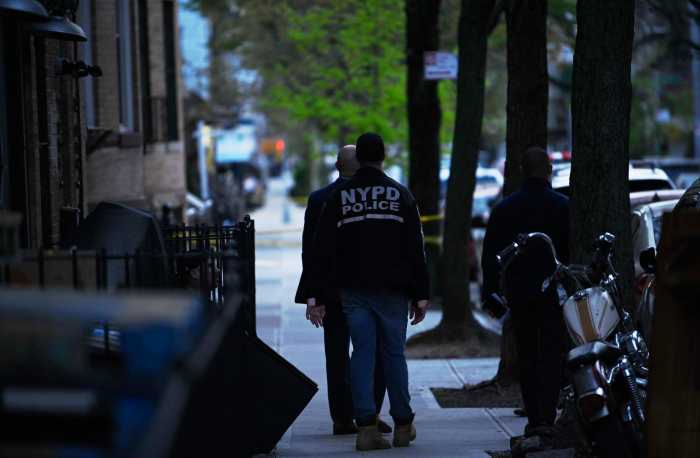How does a church in Brooklyn, New York get connected to a mission school in Najayo near San Cristobal in the Dominican Republic through Trenton, New Jersey and Louisville, Kentucky? This article will tell how one Presbyterian Church, USA (PCUSA)/Reformed Church in America (RCA) accomplished it.
The connection began in 1997 when a men’s church softball league was looking for a way to continue the softball fellowship through the off season. Bay Ridge United Church (BRUC) began a monthly men’s prayer breakfast. For the program they decided to study missions that they might support.
Among others, a speaker from Hermandad was suggested. Hermandad is a non-governmental organization (NGO) that works in the Dominican Republic helping impoverished people. Their president lives in Long Beach, New York and his wife worked with one of the church members. He was invited to speak and told of the water and other projects that Hermandad was helping to build.
As a follow-up to his presentation I was invited to the Dominican Republic to see their projects. Since I was also invited to speak at the Water Environment Federation-AIDIS breakfast in Orlando, the trip was going to provide information for that talk. Just before the trip in September, 1998, Hurricane George struck the Dominican Republic. Rather than canceling the trip, I was encouraged to go and see the storm’s effects.
While the fragile infrastructure of the island was damaged, I was able to see the marginal sources of water and projects and learned that in developing countries over 1.1 billion people worldwide do not have access to safe drinking water. In addition, nearly 2.4 billion do not have adequate sanitation facilities. As a result nearly 6,000 people (mostly children) die each day from water-related diseases. It was also discovered that many of the projects to deal with this cost about $5 per person served.
At the same time, the research I was doing for the talk revealed that the United State’s Safe Drinking Water Act was not passed to reduce death, but to reduce exposure to cancer. Some of the projects required by the Act’s regulations (like the NYC Croton Water Filter Plant) would cost about $2,000 ($1.4 billion for 700,000 people) per person served.
In the Dominican Republic I saw simple water systems. Some of them were spring fed, gravity systems with aqueducts (2” PVC pipe) and a storage tank supplying a tap stand at each home. They were built by the people themselves. Any damage from the storm was repaired and the systems were placed back into operation while the large municipal systems were not in operation.
After returning from the trip, I established networks to assist Hermandad. One of the networks was the result of a networking session that I held in Washington, D.C. on Earth Day 2001 that involved many of the NGO’s doing the “$5 per person projects.” One of the outputs was to share information and so I established a “$5 Per Person” email list.
Another connection I made was with a Dominican engineer with the Association of Dominican Engineers in New York City. She turned out to be the cousin of the Minister of Water in the Dominican Republic and a meeting with him was arranged.
At the meeting, Hermandad’s need for assistance in drilling a well was explained and arrangements were made the next day to help. Hermandad and the Association of Dominican Engineers were later connected and held a joint fund-raising dinner in New York City.
One of the unsuccessful (at first) networking activities involved Water For People. Having learned of their work and its similarity to the model used by Hermandad, I called and asked if funds were available for the Dominican Republic. Their reply was, “Water For People wasn’t doing the DR” and was only working in four countries. This lead to my getting involved in Water For People, becoming a Board member and eventually enlisting in their World Water Corps.
Fundraising for Hermandad continued and a workshop on the Presbyterian Self Development of People fund was attended. A possible grant for Hermandad was identified and a Cuban woman married to a Jewish man, who was sending their daughters to a Lutheran school, was found and was looking for volunteer work.
She prepared and submitted a grant in 2001 for a truck for the farmers in the cooperative outside of Ocoa who had built one of the water systems. They were using the used water for irrigation and growing chinola (passion fruit). The truck would enable them to eliminate the “middleman” and take their produce directly to market. To facilitate the processing of the grant, I visited Presbyterian Church USA’s headquarters on a trip to Louisville in January 2002.
This meeting helped set up a trip for the Louisville program manager to meet the farmers and gain approval of the grant. Also in 2001, our church received a letter from the Westminster Presbyterian Church in Trenton, New Jersey asking for a $1,000 donation for a school being built in Najayo near San Cristobal, Dominican Republic by Tu Puedes.
Since BRUC was familiar with the area, they pledged $1,000 out of their benevolence budget. They found out later that the letter they received was one of 150 that were sent to Presbyterian churches, but they were the only one who responded.
After the grant for the truck was approved, another trip to the Dominican Republic to see the truck and the school was taken in 2002. The truck was seen and the community hosted a lunch to show their appreciation. On the way to the school, a Hermandad project, funded by a Long Island Rotary club, was visited. The club turned out to be in Locust Valley, New York which is where my office is.
The $1,000 check was delivered in 2004 to the school just as they ran out of money. While at the school, the construction was inspected and it was found that the school had no water. Water was purchased from vendors who delivered it to the school by truck. Hermandad was approached about getting water to the school. They needed money for a feasibility study and BRUC provided $1,000.
The Locust Valley Rotary Club was approached and agreed to fund the water project but changed their mind and went for a bigger project. Fortunately a grant from Fund for the Poor, Inc. was found by Hermandad and a water system from a shared spring to the school was built in 2005. Since the spring was shared, the local committee from Najayo agreed to have the water go to the school and not take it for the village.
In 2007, Water For People was planning to add five countries to their program. I volunteered to take a World Water Corps team to the Dominican Republic to do a scoping study and make a recommendation on adding the DR or not. Among other locations, the Tu Puedes School was visited during this trip and it was found that some of the village residents reneged on the agreement, broke into the pipes and were stealing water.
As a result, the school’s system had to be removed and they once again have to buy water from the vendor. They are looking for a new water system. As a result of the trip, the Water For People board added the Dominican Republic as one of the five new countries and now “will be doing the DR.”
In summary, it doesn’t take large sums of money to help. You need to be open to the “callings” and possibilities. Visit and connect with the opportunities presented. Use your networks to connect and share your experiences.
Robert E. Adamski, PE, FASCE, BCEE is the vice president of Gannett Fleming, Inc, and an Elder at the Bay Ridge United Church (PCUSA, RCA)


